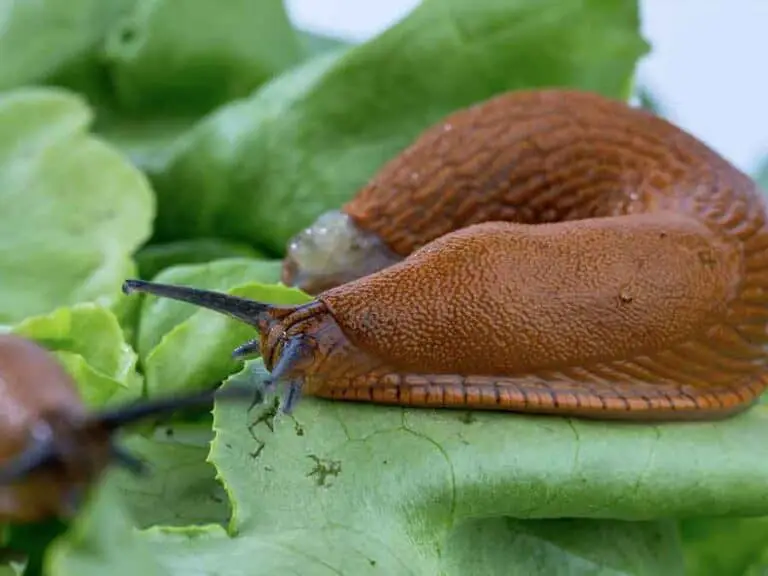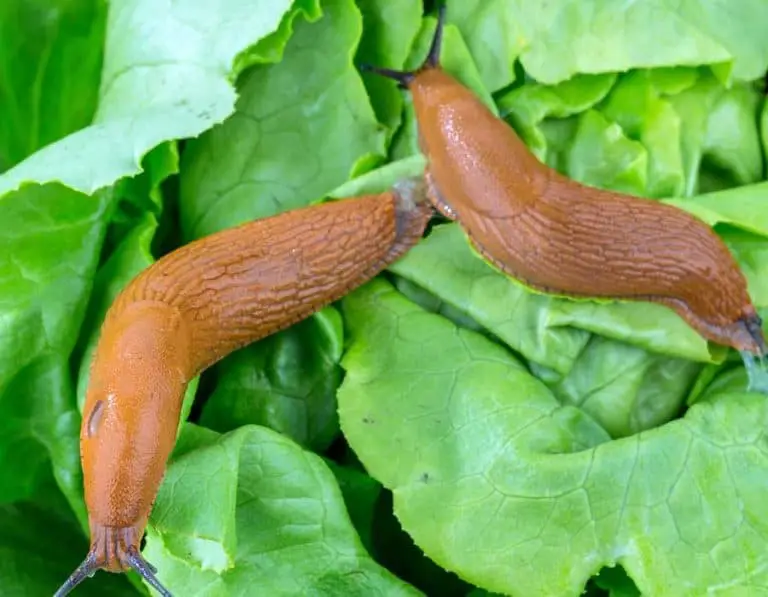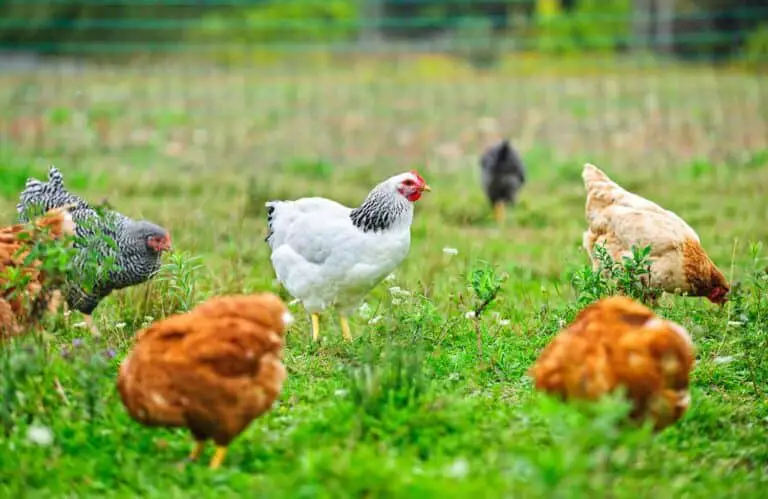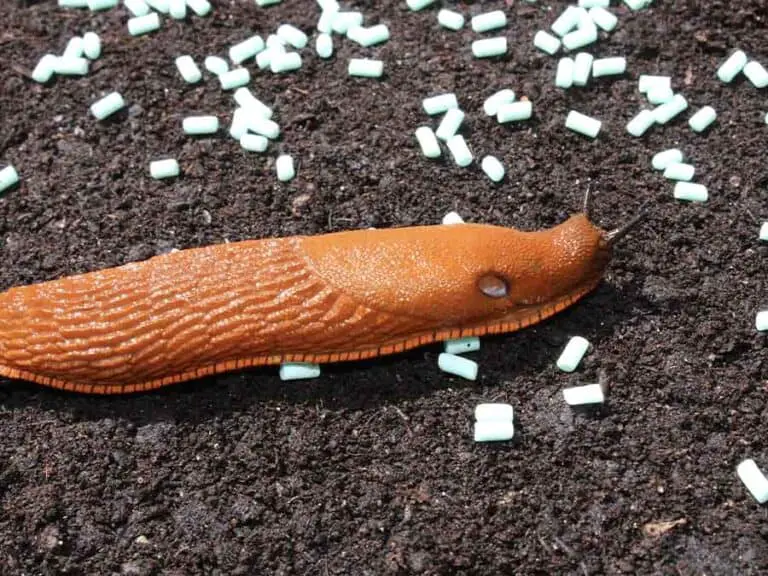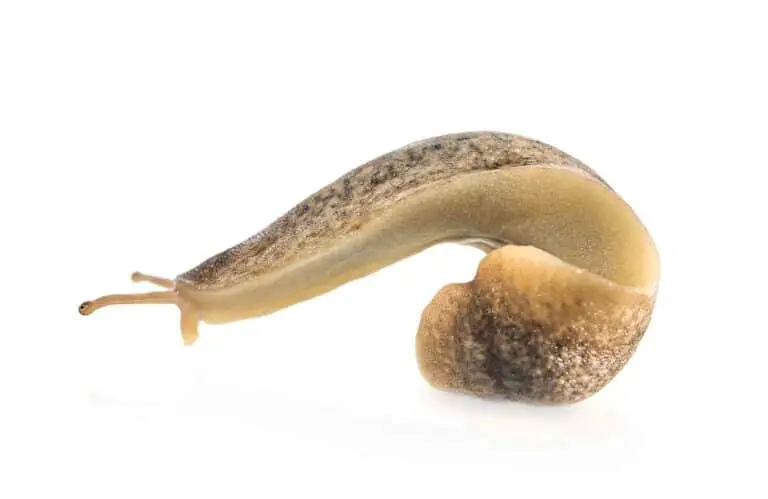Do Slugs Have the Ability to Climb? How High Can They get?
Slugs are slimy creatures that can be found in gardens and green spaces, but do they have the ability to climb and how high can they get?
The answer is yes, slugs do have the ability to climb. They use their slime to help them stick and climb different surfaces. They are able to climb some surprisingly high heights, although they tend not to get much higher than around two feet off the ground.
What Sorts of Surfaces Are Climbable by Slugs?
Slugs can quickly mount brick walls, wooden fences, and other structures since they are excellent climbers. They cling to surfaces with their viscous mucus, and some species can even scale glass! Slugs can climb on vertical surfaces like walls because to a unique adaptation.
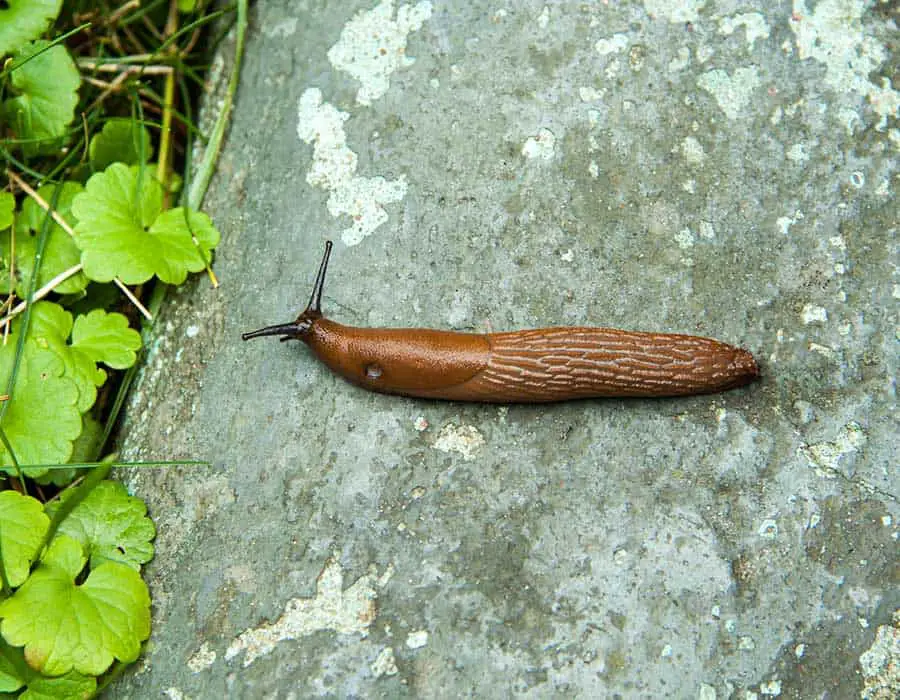
The slug bends its edges in two directions during this adaptation, known as “pulmonate locomotion.” The slug can climb up surfaces thanks to this enough traction.
Can Slugs Climb Very High?
Slugs are excellent climbers and can scale six-foot-high walls, fences, and windows. They assist with climbing by secreting mucus and using their powerful muscles. But how high can slugs climb, and do they all climb in the same way?
Different species of slugs climb to different heights. The common garden slug, for example, is able to reach heights of about six feet or more. Other species, such as the great grey slug (Limax Maximus), can climb up walls and trees that are much higher than six feet!
Can They Scale Walls?
Slugs are skilled climbers who have been observed scaling walls. Slugs find it hard to climb smooth surfaces like glass or metal, so don’t worry about that. They favor climbing on abrasive terrains like painted walls, bricks, and cinder blocks.
Slugs also find it challenging to scale barriers with edges curved in two directions, which frequently helps keep them out of your garden.
Despite this, you should still take security measures to prevent slugs from entering your raised beds. You can get rid of them in a number of ways, such by setting up beer traps or using a barrier like diatomaceous earth, if you discover them climbing walls.
Which Climbing Slug Climbs the Fastest?
Slugs are adept climbers, but not all of them do so in the same way. Slug species differ in terms of their capacities and tactics for climbing up surfaces.
The big grey slug, for instance, is renowned for its tremendous climbing capacity and speed.
Thanks to its unique sticky mucus and the ability to dangle itself from a thread of mucus so that it can mate, this species can climb up vertical surfaces faster than any other slug.
The big grey slug is the species to watch out for if you’re wondering which kind of slug is the best climber!
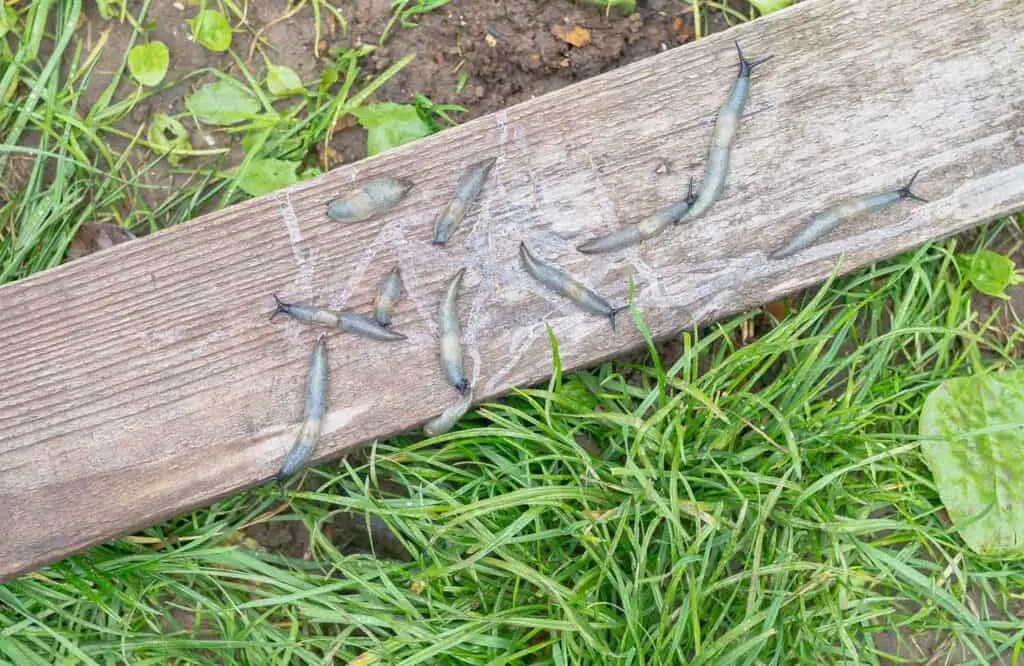
Do Slugs Have Any Climbing Adaptations?
Slugs are among the animal kingdom’s most outstanding climbers. They do this in part by possessing a few adaptations made expressly for climbing.
For instance, the majority of slugs have unique glands on their feet that emit a material resembling mucus. This makes it simpler for them to climb up walls, trees, and other structures as well as helps them better grip surfaces.
They can fit into microscopic spaces and climb even the smallest surfaces thanks to the flexibility of their bodies. Slugs can effortlessly lift themselves up vertical surfaces because of their extremely strong muscles. Therefore, you now understand how a slug was able to climb a wall or fence if you’ve ever seen one in action.
Do Slugs Climb Differently?
No, different slugs climb in different ways. Some slug species use mucus to aid in climbing.
The slug secretes this mucus, which aids in their ability to adhere to surfaces and climb up and down steep surfaces. Slugs of other species can squeeze themselves into tiny cracks and crevices thanks to their small size.
These slugs exploit their little stature and slimy bodies to fit through narrow openings and get where they want to go. Some slug species employ both strategies; they use their mucus to help them adhere to surfaces and their small size to squeeze into tight spaces.
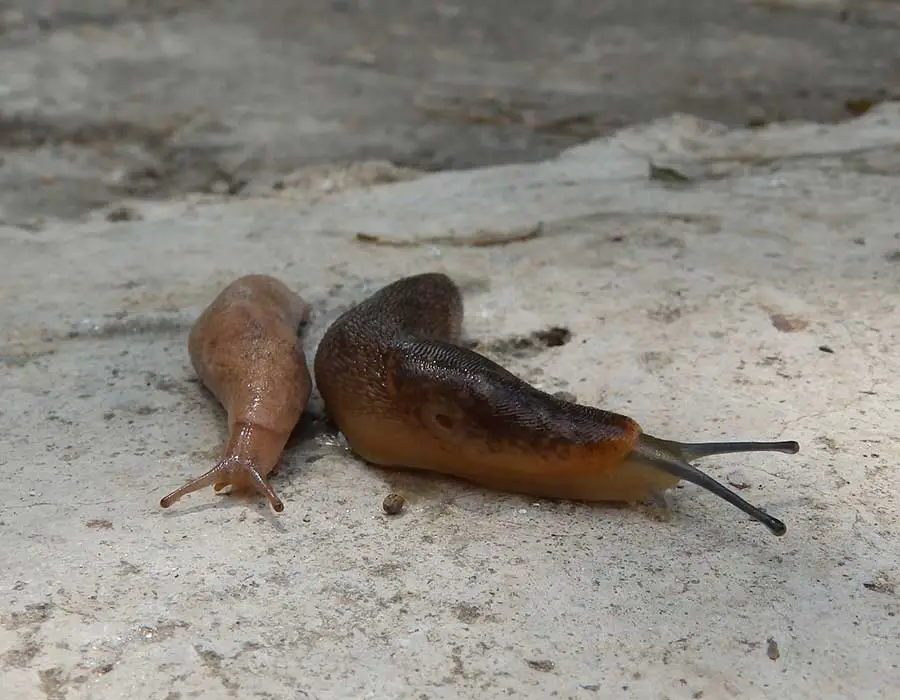
What Elements Affect a Slug’s Climbing Capability?
A slug’s capacity to climb is influenced by a variety of additional elements in addition to the surface type. The weather is important since slugs move more slowly in colder climates.
The environment’s humidity can also affect a slug’s capacity to propel its body through the air.
Finally, the slug’s size can affect the outcome. Slugs that are smaller than themselves may find it simpler to move along vertical surfaces.
Slug Climbing Issues
Slugs can climb, which is impressive, but they can also be a pain.
Slugs are known to scale walls and infiltrate houses, leaving slime trails in their wake. In raised beds, where they might harm plants and vegetables, they can also climb. It’s crucial to comprehend the circumstances that let slugs to climb in order to reduce these hazards.
Does slug climbing include any risks? Of course, as slugs can be a pain when they get into your house or garden. Slugs are known to scale walls and infiltrate houses, leaving slime trails in their wake.
They can even ascend into raised beds and hurt plants and veggies. Therefore, it’s crucial to comprehend the circumstances that enable slugs to climb in order to prevent an infestation by taking preventative measures.
Why Are Slugs Crawling Up My House
If there is a food source nearby that the slug wants to get to or if there are plants with desirable leaves or flowers nearby, they will likely try to reach them by climbing up your house.
They can also be attracted to any moisture or dampness that your home may have, so if there is a water source near the exterior walls, it might be a good idea to remove it. S
Slugs are also active at night and tend to move around foraging for food, so they may just stumble upon your home as a place to climb and explore.
It’s important to keep in mind that slugs may also be climbing up your house simply because they find it an easy surface to get a grip on. So it’s best to keep your walls clean and free of any organic matter that could attract them.
Slugs Are Able to Climb into Raised Beds
You must construct a physical barrier to keep slugs out of your raised beds. This might be as easy as building a fence around the edge of the bed or covering it with mesh screening.
Most slugs and snails are unable to scale this obstacle because the edges are curved in two different ways.
However, some people claim to have seen snails crawl up to 6 feet in the air.
Additionally, these snails don’t just live on walls; they also climb windows, fences, and other things. Therefore, it’s crucial to create a barrier that is high enough to offer sufficient defence.
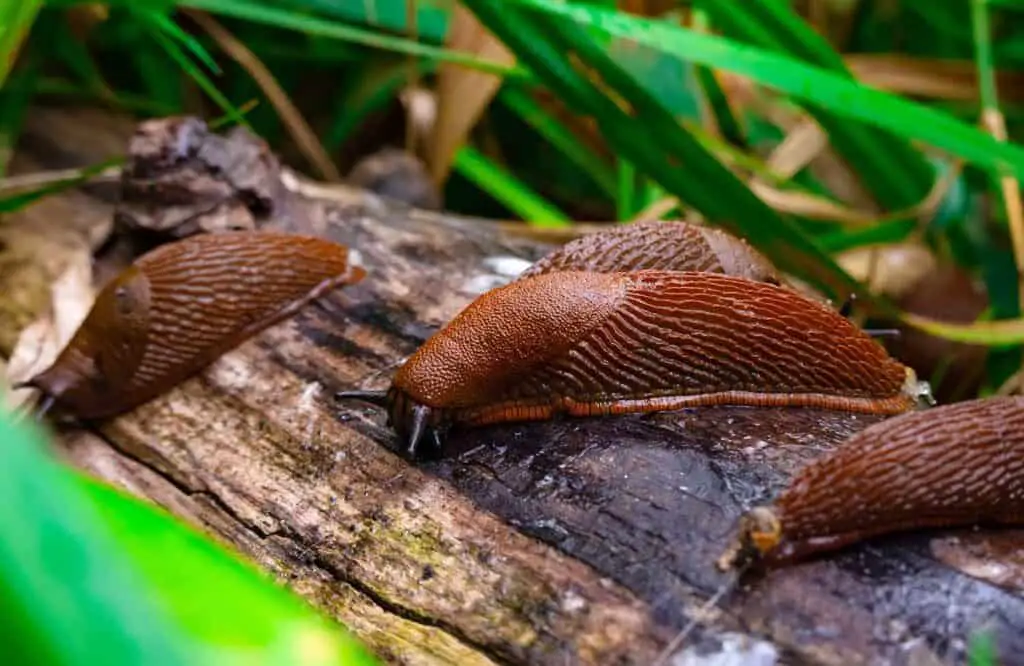
How Can Slugs Be Prevented from Climbing?
Thankfully, there are a number of techniques to stop slugs from crawling up and into your yard. Sprinkle some diatomaceous earth where you don’t want them for a non-chemical solution.
Slugs and snails are killed by this naturally occurring chemical by drying them out. Chemical slug baits are another option; they include iron phosphate and are OK for use around both children and dogs. Another suggestion is to bury a small saucer filled with beer.
If it’s real beer and not Euro-fizz, slugs will climb in and drown. You may finally construct a wall to prevent the slugs from climbing. For them to be unable to climb over it, make sure the edges are bent in two directions. You can keep slugs out of your garden with these simple fixes!


